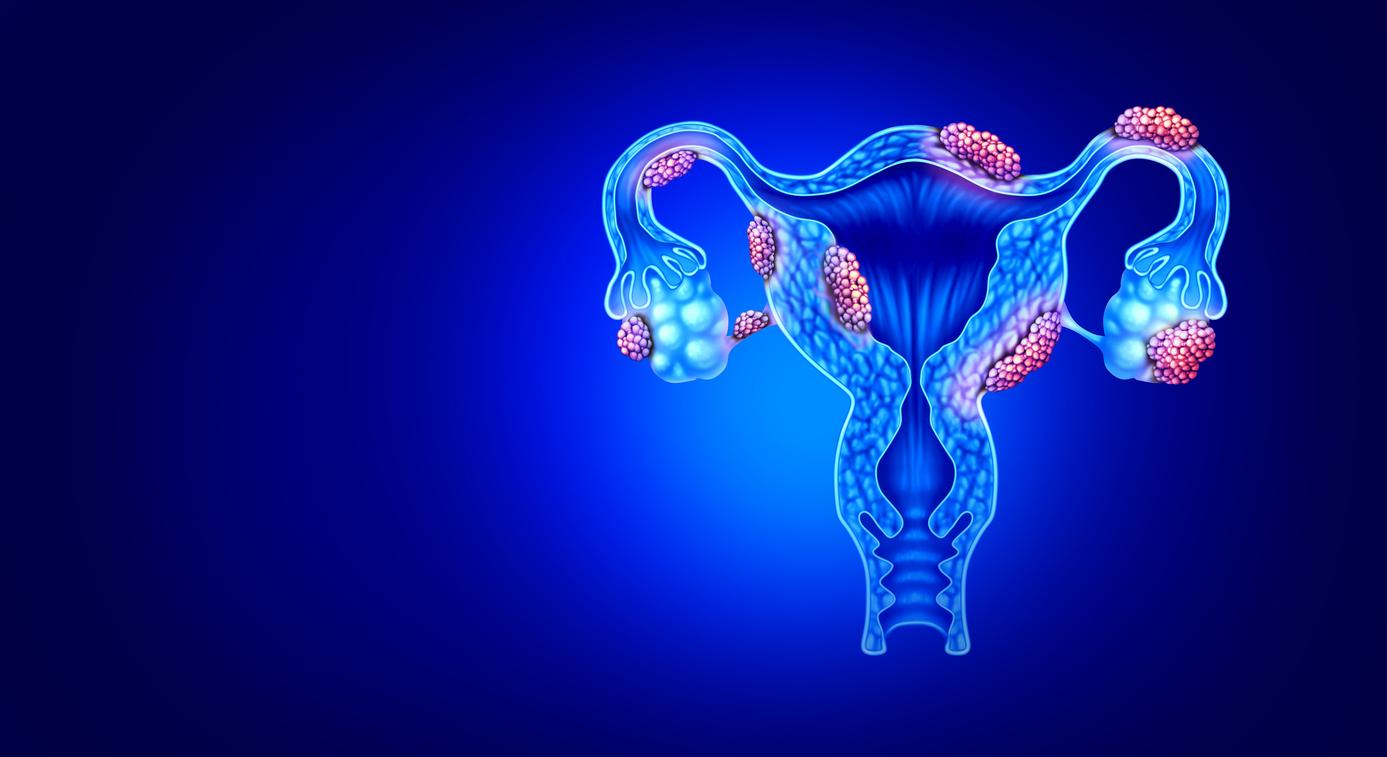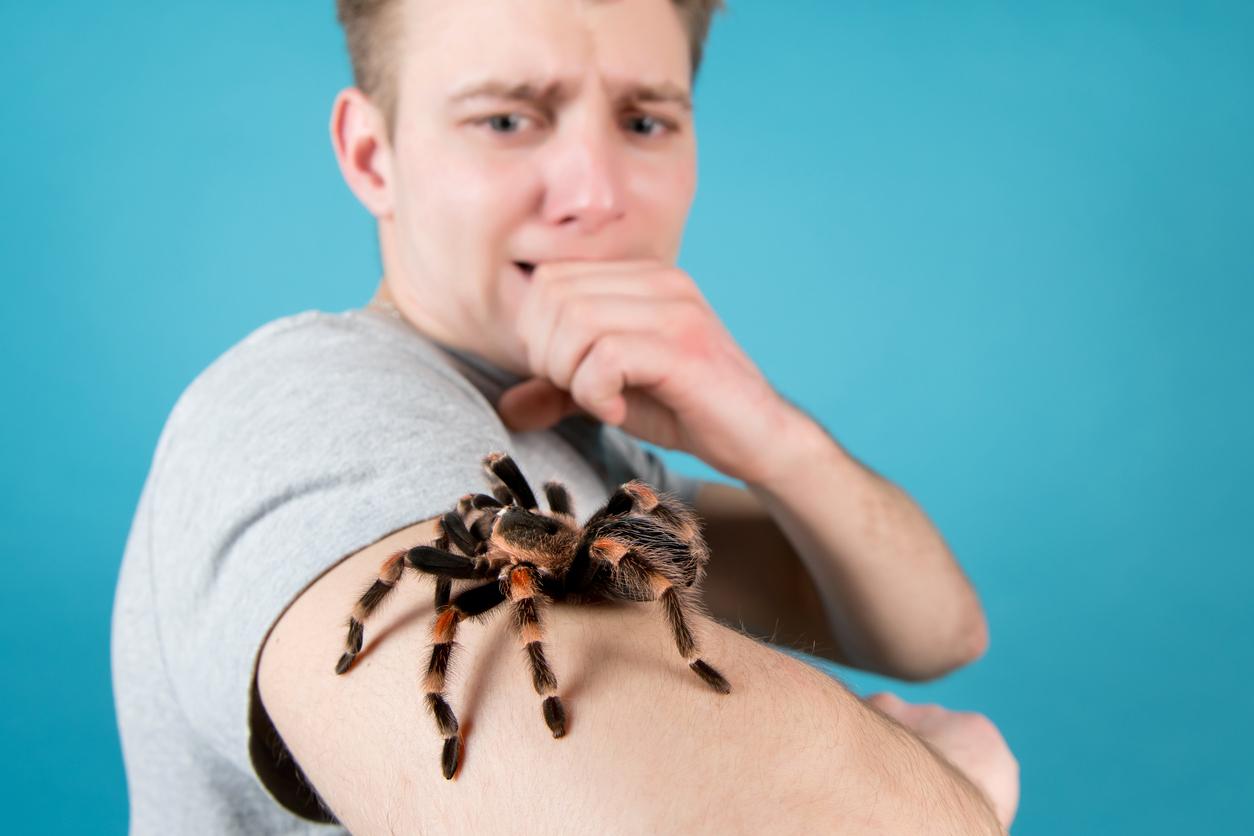Observations on mice showed that daydreaming stimulated the creation of new neural networks.

- In mice, neurons in the brain’s visual cortex sometimes emitted signals similar to those that occurred when they looked at a real image, suggesting they were daydreaming.
- Daydreaming occurred more at the beginning of the day than at the end and when the rodents were relaxed, which was characterized by calm behavior and small pupils.
- Daydreaming may be involved in brain plasticity, that is, the brain’s ability to remodel itself in response to new experiences.
What happens in our brains when we get lost in our thoughts? Until now, this question has eluded neuroscientists. This is why researchers from Harvard University (United States) wanted to explore daydreaming as part of a study published in the journal Nature. “We wanted to know how this process occurs at the neurobiological level and whether these moments of vague thinking could be important for learning and memory”said Nghia Nguyen, lead author of the research, in a statement.
For the purposes of the work, the team conducted an experiment on mice while they remained in a calm, awake state. In detail, she repeatedly showed the rodents one of two images, each composed of a different checkerboard of gray squares and dappled black and white squares. Between images, the animals spent one minute looking at a gray screen. The scientists simultaneously recorded the activity of around 7,000 neurons in the visual cortex of their brain.
The mice indulged in daydreaming between images and when they were relaxed
They found that when a mouse looked at an image, neurons fired in a specific pattern. The patterns were different enough to distinguish the first image from the second image. More importantly, when a mouse looked at the gray screen between images, the neurons sometimes emitted a signal similar, but not identical, to that emitted when the mouse looked at the image. So, this means that the rodents were thinking about the image, that is, they were daydreaming. Daydreams only occurred when the animals were relaxed, which was characterized by calm behavior and small pupils.
According to the results, the mice thought more about the most recent image and they daydreamed more at the beginning of the day than at the end, when they had already seen each image dozens of times.
Brain plasticity: “If you never take a break, you won’t be able to daydream”
Another finding: The activity patterns observed when the mice viewed the images changed throughout the day. The authors called this “representational drift.” Over time, the patterns associated with the images became even more different from each other, until each involved an almost entirely distinct set of neurons. “There is a drift in how the brain responds to the same image over time, and these early daydreams can predict how that drift will evolve,” explained Mark Andermann, co-author of the study.
Based on this data, scientists believe that these daydreams may be actively involved in brain plasticity, that is, the brain’s ability to remodel itself in response to new experiences. For them, it is important to make room for the quiet waking moments that lead to daydreaming. In a mouse, this might mean pausing while looking at a series of images. In a human being, this might mean taking a break from using your smartphone. “We believe that if you never take a break, you won’t be able to daydream, which can be important for brain plasticity,” concluded Mark Andermann.

















